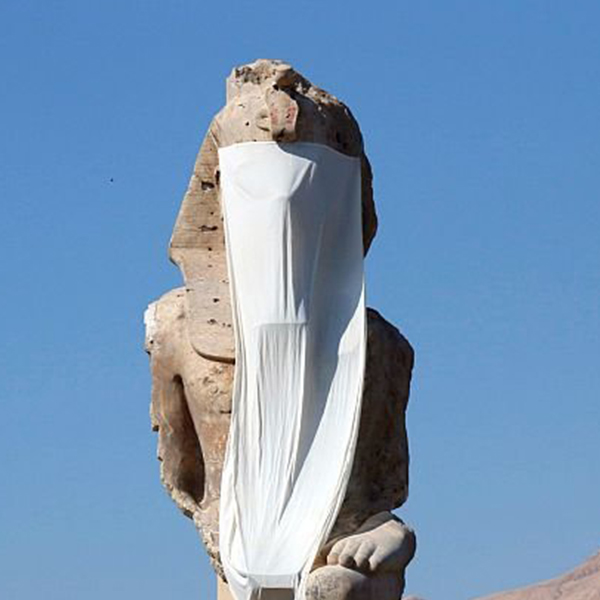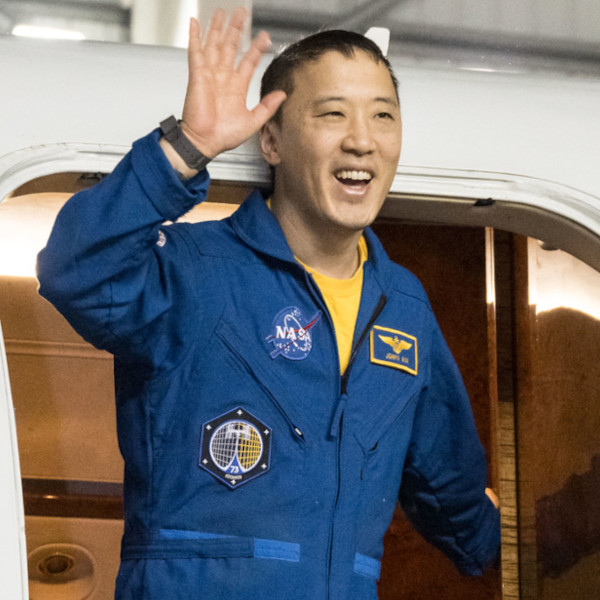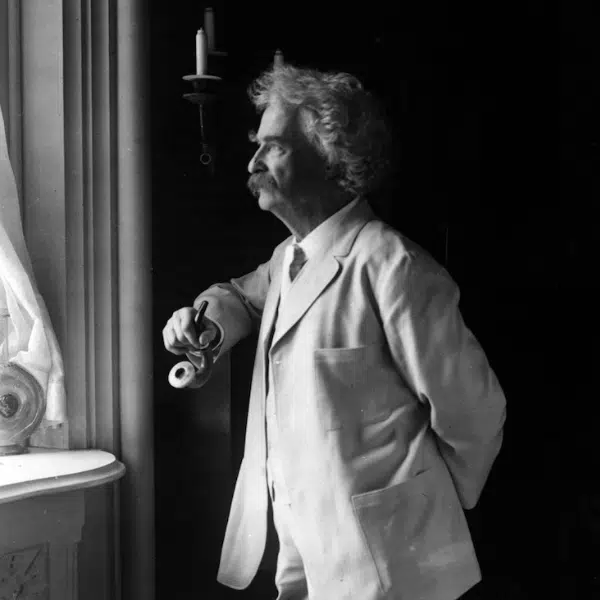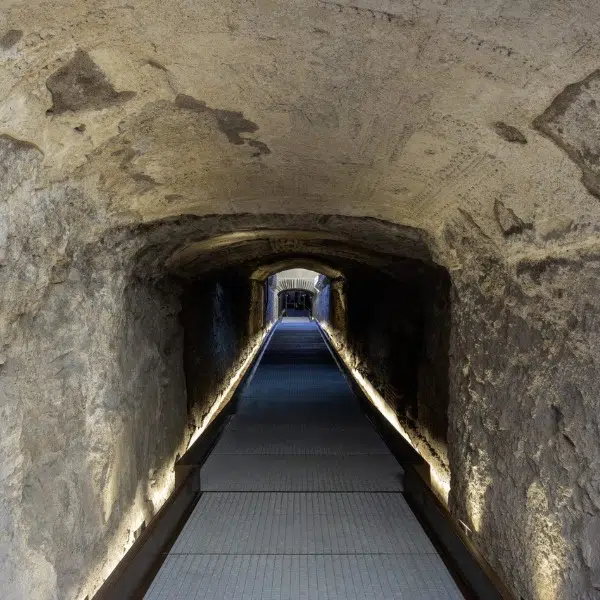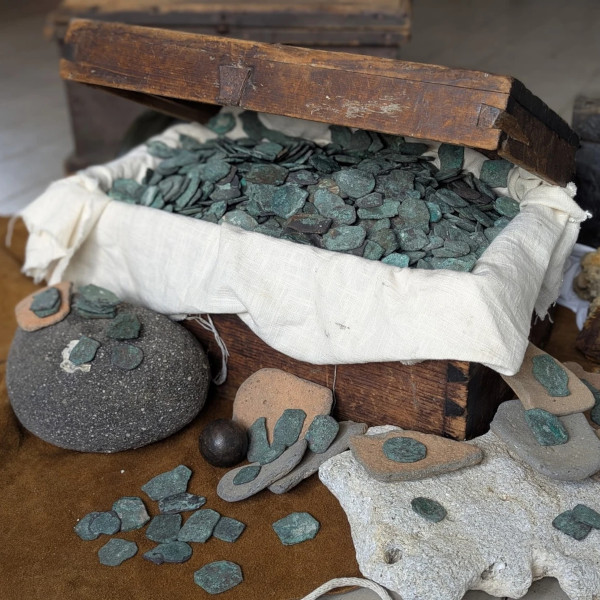Astronaut Neil Armstrong describes what space looks like from the surface of the moon pic.twitter.com/jNVW3sRnOk
— Historic Vids (@historyinmemes) March 10, 2024
While getting to Mars is now one of NASA's main goals, humankind’s first major ambition in space travel was to visit our closest neighbor: the Moon. A fascinating clip has resurfaced of Neil Armstrong—the first person to walk on the Moon in 1969—describing his historic view of space and Earth. As of 2024, only 12 people have ever stood on the Moon. The first Moon landing and Armstrong’s “giant leap for mankind” stand out in global and even cosmic importance.
“The Earth is quite beautiful from space,” the astronaut and engineer says in the recently recirculated BBC interview from 1970 that has now been viewed 5.7 million times after being posted to X (formerly Twitter) by Historic Vids. The interviewer asks Armstrong to share his unique visual perspective of space, the Earth, and the Sun. Armstrong describes the lace-like appearance of the clouds on our blue planet and the “deep black” of space. In the video below, they also discuss how Armstrong’s helmet visor affected his vision, the Sun’s corona, and flying through the shadow of the Moon.
During the successful NASA mission on July 20, 1969, Commander Neil Armstrong, Lunar Module Pilot Edwin “Buzz” Aldrin Jr., and Command Module Pilot Michael Collins landed the Apollo 11 lunar module, known as the Eagle, in an area called the Sea of Tranquility. About 600 million people watched live as the first human footprints were made on the Moon. At the time, Armstrong described the surface as “very fine-grained… almost like a powder.”
Only three people traveled in the Eagle, but more than 400,000 people helped make the momentous feat possible. Among them was Black NASA mathematician Katherine Johnson, who calculated the trajectory of the Apollo 11 mission and was one of the “human computers” featured in the 2016 film Hidden Figures.
The Apollo program ran from 1961 to 1972, allowing people to land on the Moon six times. Returning to the Moon is one of NASA’s current space travel ambitions, along with visiting Mars. In 2025, NASA plans to send an Artemis II crew on a lunar flyby mission for the first time in more than 50 years. The Artemis program intends to have humans moonwalking again by 2026 and also aims to get the first woman and first person of color up to the Moon.
On July 20, 1969, three NASA astronauts landed a spacecraft on the surface of the Moon for the first time.
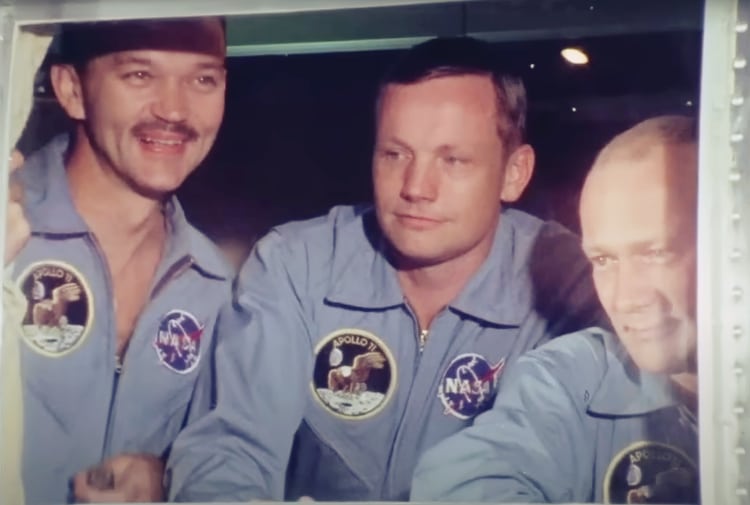
Command Module Pilot Michael Collins, Commander Neil Armstrong, and Lunar Module Pilot Edwin “Buzz” Aldrin Jr., who completed the first moon landing in 1969. (Photo: NASA on YouTube)
Commander Neil Armstrong was the first person to leave their footprints on the Moon’s surface, with the famous statement, “That's one small step for man, one giant leap for mankind.”
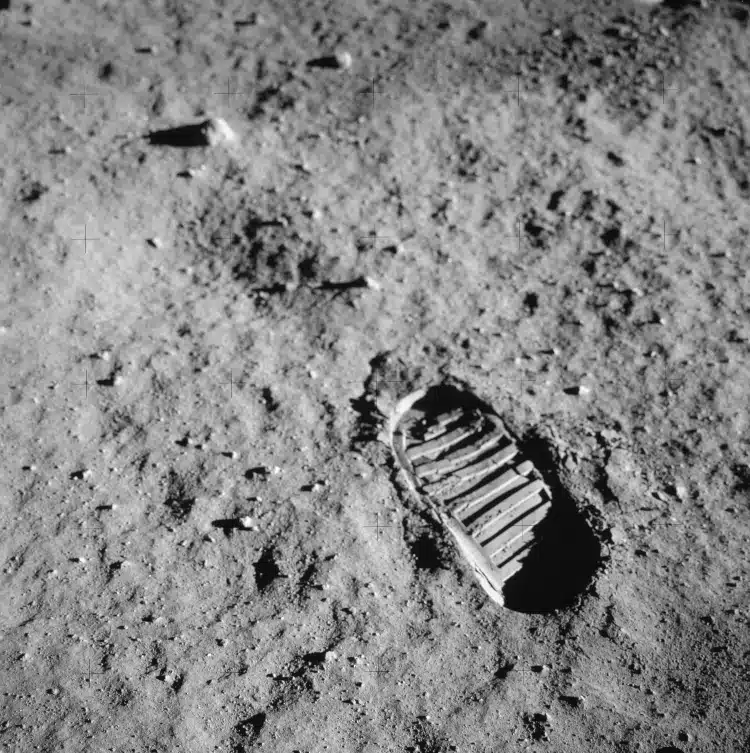
Photo: NASA/Johnson Space Center
Edwin “Buzz” Aldrin Jr. and Command Module Pilot Michael Collins joined Armstrong in the Eagle. Collins stayed on the module to ensure the team’s security and safe return, while Aldrin and Armstrong took a moonwalk for a couple of hours.
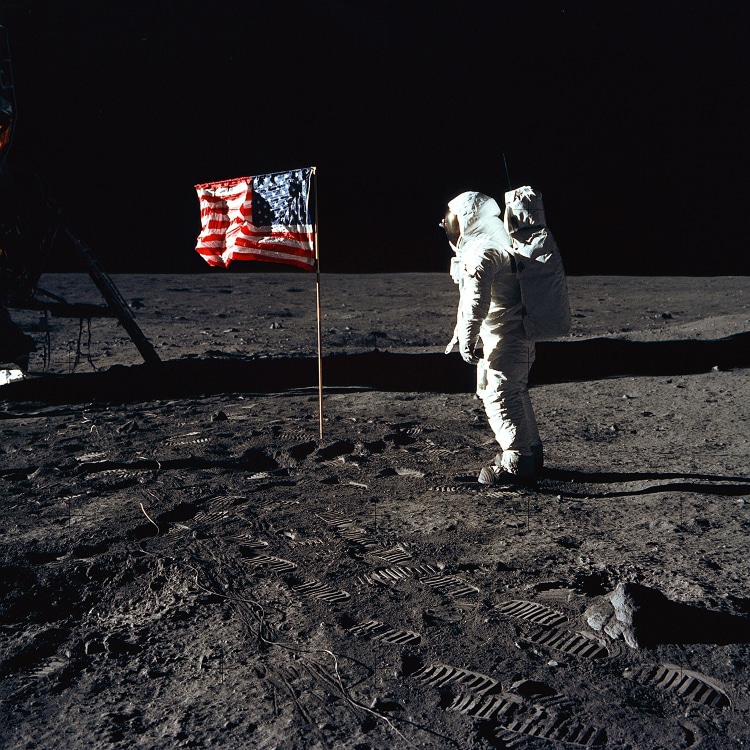
Buzz Aldrin with the U.S. flag on the Moon. (Photo: NASA)
NASA intends to send astronauts back to the Moon in its Artemis program.
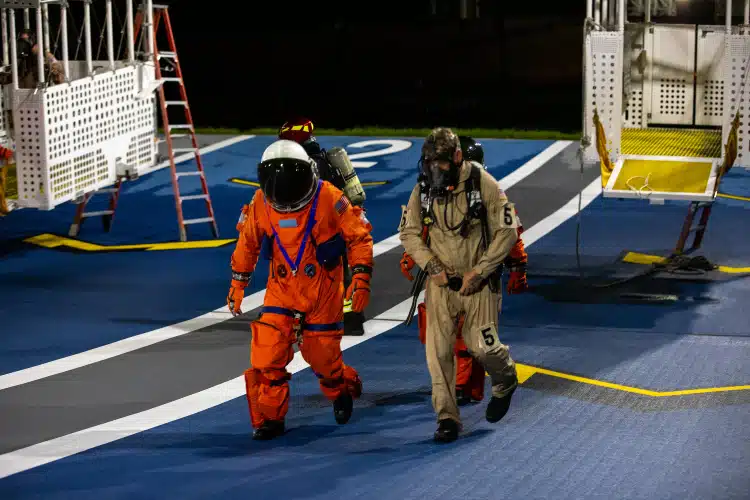
In August, 2024, teams at NASA’s Kennedy Space Center in Florida practice Artemis mission escape procedures. (Photo: NASA/Kim Shiflett)
NASA: Website | Instagram | YouTube | X | Facebook
h/t: [GOOD]
Related Articles:
Japan Becomes Fifth Country to Successfully Land on the Moon
Watch These “Outtakes” of NASA Astronauts Struggling To Walk on the Moon
Pioneering NASA “Human Computer” Katherine Johnson Celebrates Her 100th Birthday











































































